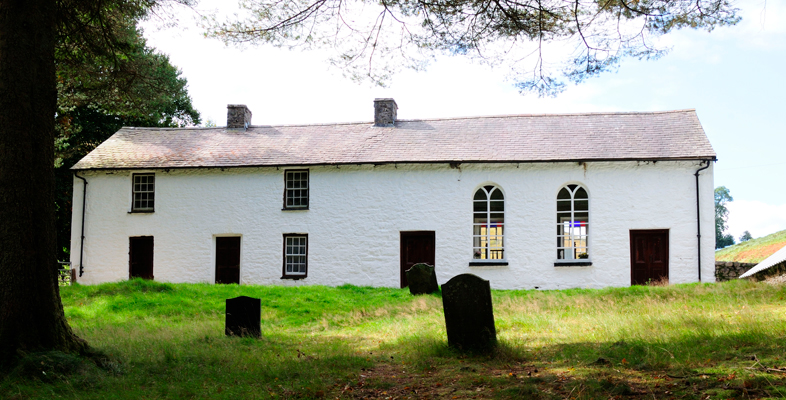5 Two strands of Methodism
When people think of Methodism, it is often the Englishman John Wesley (1703–1791) who springs to mind. Wesley, and the movement that he helped to create, certainly had an impact in Wales, as you saw in the previous section, the movement had claimed over 100,000 adherents by 1851. Nevertheless, more significant in Wales was an indigenous form of Methodism which developed at around the same time. It was this movement that grew into the Welsh Calvinistic Methodists, renamed the Presbyterian Church of Wales in 1928.
There was certainly much that united the two movements. Both emphasised the authority of the Bible, internal faith over external ritual, personal conversion, and the importance of charitable work and missionary activity. Moreover, John Wesley and his brother Charles, who led the movement in England, had a great deal of contact with Welsh Methodist leaders like Howell Harris and Daniel Rowland.
The main difference between them was theological. Wesley and his followers adhered to the view that salvation was available to anyone who was willing to work for it. However the Welsh Methodists followed the Calvinistic line that God has, through his ability to perceive all of time, already chosen those who are to be saved. In other words, our actions are known to God before we take them and our lives are therefore predestined.
As Jones, Schlenther and White point out, ‘Calvinistic Methodism, the smaller, almost forgotten, Methodist sibling, has received considerably less academic attention than Wesleyan Methodism’ (2012, p. xii). Yet the two maps below amply demonstrate the pre-eminence of that ‘forgotten sibling’ in Wales during the eighteenth century.


